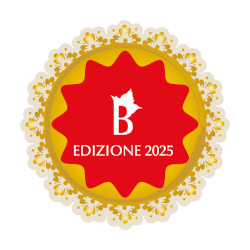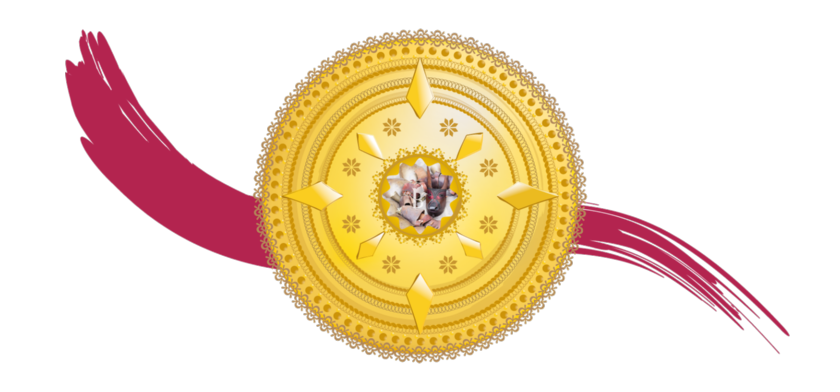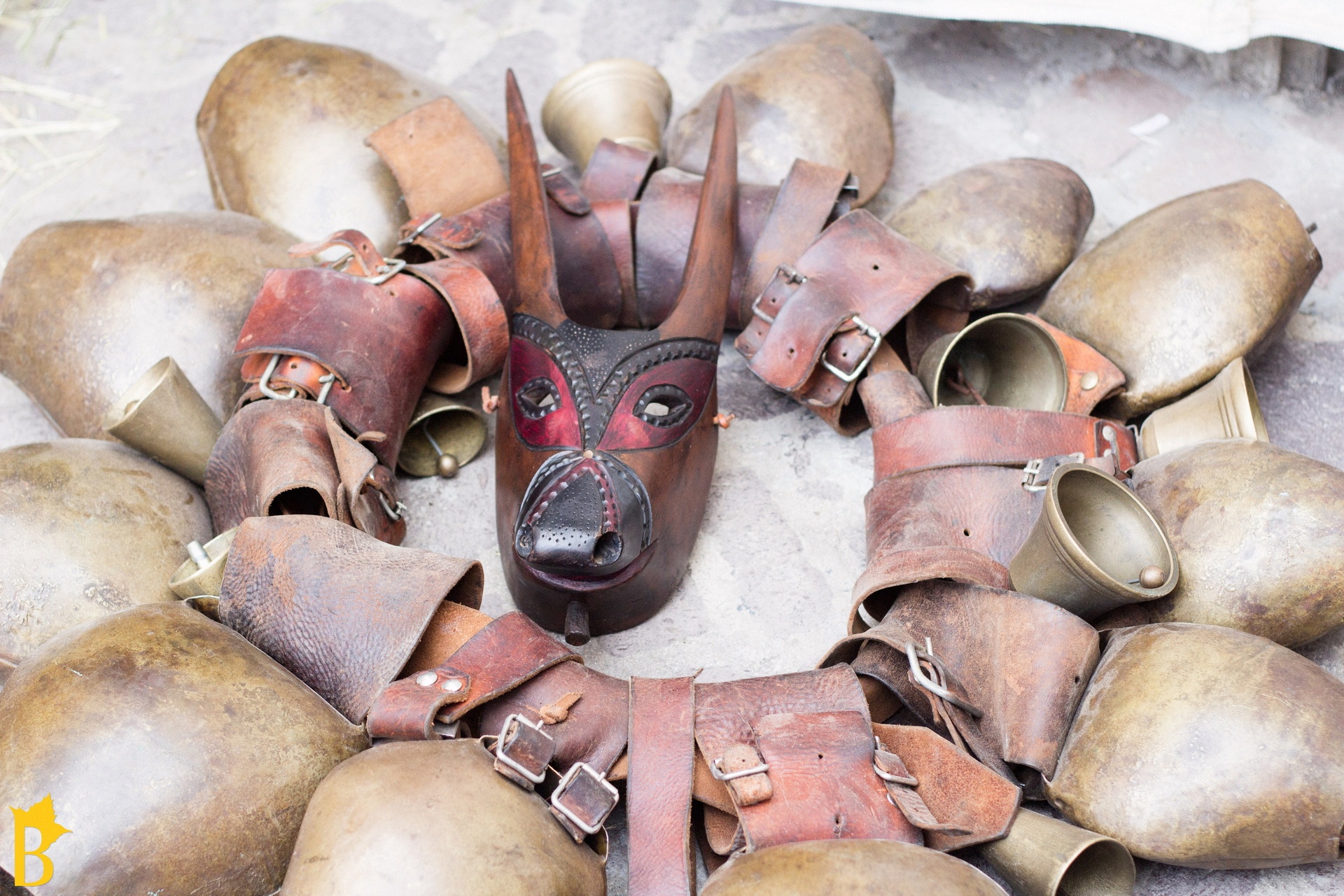The first human presence in the territory of Ottana has been attested since the Lower Paleolithic, as documented by about 3000 lithic artefacts that testify to the probable existence of a real industry in the sector. Other important testimonies of the past are the Neolithic necropolises like that of "Sa Pranedda", the dolmens, the tombs of the giants and the numerous nuraghi. First belonging to the Giudicato of Torres, Ottana was also the seat of the Diocese, established around the year 1000; the construction of one of the most beautiful Romanesque expressions in Sardinia, the cathedral of San Nicola, a bishopric consecrated in 1160 and honored in the first half of the 1300 even by the future Judge of Arborea Mariano IV dates back to that time. With the suppression of the Diocese, following a papal bull in 1503, that long period of splendor closed for Ottana and a period of decadence appeared that led to the depopulation of the country. In the second half of the 1900s Ottana was instead at the center of important industrial projects for the establishment of a certain number of large companies; the project did not have the expected results initially and at the present time there has been a gradual return to agricultural activities, pastoralism and craftsmanship.
The inhabited area is located at the edge of the alluvial area of the Tirso river, close to the wooded hills that mark the entrance to the Barbagia of Ollolai and that rise up to the Gennargentu massif. The territory consists of a wide flat expanse, rarely interrupted by hill formations. The highest peak is Monte Nieddu, a peak that reaches 560 meters in height. Ottana borders from north to south with the countries of Orani, Sarule, Olzai, Sedilo, Noragugume and Bolotana. In the natural habitat created by the Tirso there are hares, wild ducks, freshwater turtles and meadow hens. In the territory, there are a few torrential streams like the '' Rio Liscoi '', the '' Rio Binzas '' and the '' Rio Merdaris ''. Of particular importance is the river Tirso which forms Lake Omodeo a few kilometers downstream. The inhabited center is composed of narrow alleys alternating with some small squares overlooked by low houses with stone walls. Perched on a green lawn, stands the Cathedral of San Nicola, whose high and imperious facade faces the town and the plain with its back to the mountain.
Ottana has always been rooted some cultural aspects linked to the ancient traditions that still remain today and that in recent years have been further strengthened, thanks also to the commitment of young people who, through the establishment of some groups and cultural associations, reproduce lay events and religious from very distant origins. For example, we remember '' Su Carrasegare '' (the carnival), with the typical Ottoman masks of '' Sos Merdules '' represented by a wooden mask worn by children and adults wearing velvet dresses, covered with sheepskins. '' Su Merdule '' is the protagonist of the carnival and represents the man who captures, tames and governs the animal. '' Sos Boes '' are the other main protagonists of the festival: wooden masks with bovine horns bearing bronzes and cowbells on their shoulders, held in place by a leather belt. These masks walk the streets of the town with cadenced movements, in harmony with the ringing of bells and accompanied by the sound of '' Su Orriu '', a primitive musical instrument. Complete the party '' su ballu tzoppu '', a traditional round dance that takes place at the rhythm of '' s'affuente '', another very ancient musical instrument consisting of a sort of large copper plate with bas-reliefs, which is played with a large iron key from the skilled hands of the Ottana tradition players. The '' Sas Amoradas '' celebrations end, sung verses that are used to ask a girl to marry, symbolically representing ways and terms proper to the agro-pastoral world. The carnival is preceded, in chronological order, by the religious celebration of '' Sant'Antoni de su 'ogu' ', celebrated with the ritual of' 'Su Ogulone' 'and the traditional first release of' 'Sos Merdules'' on the 17th January. To learn more and learn more about the country's tradition, you can also visit the Casa Barca Museum and enjoy a past made up of traditions, culture and passion.



